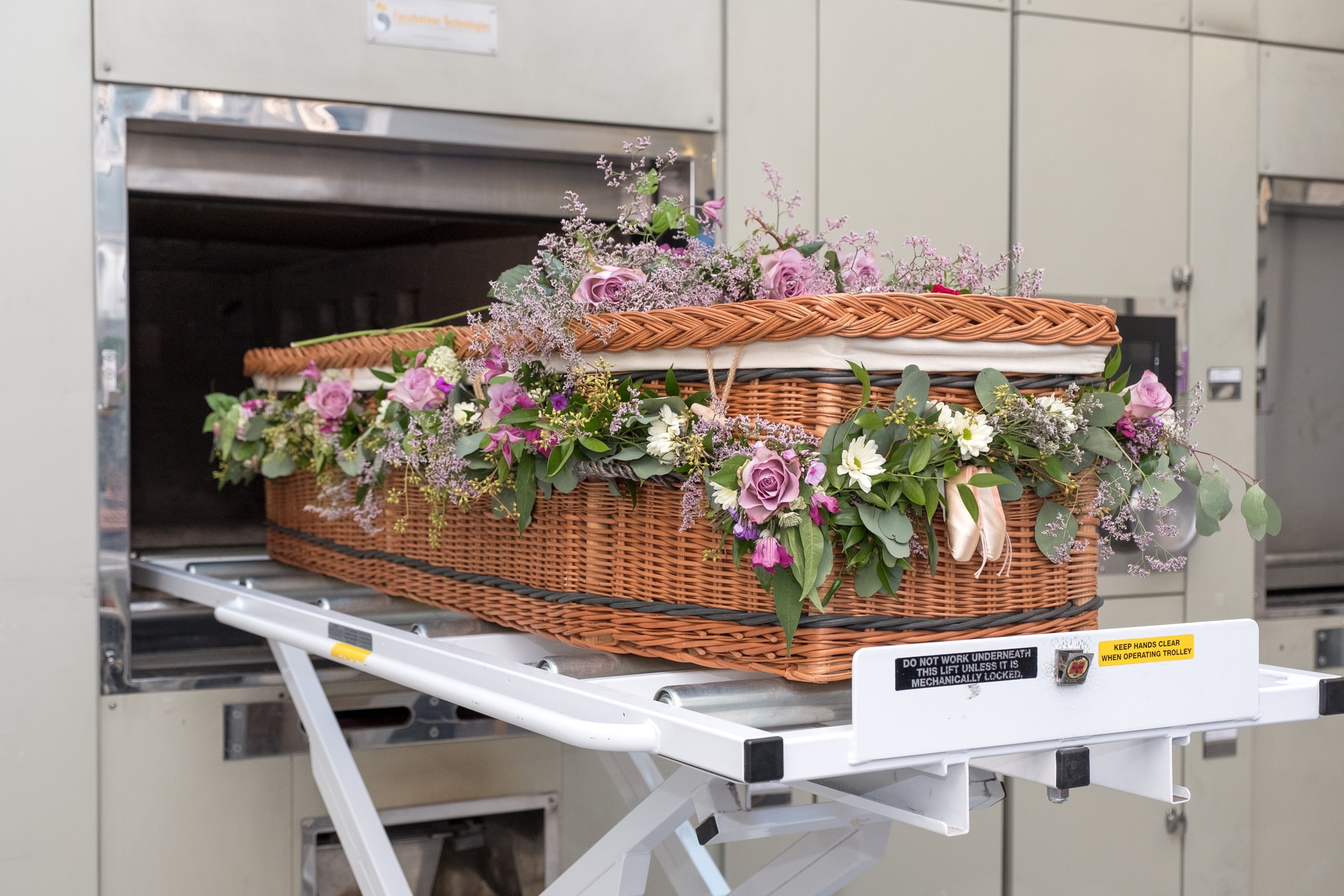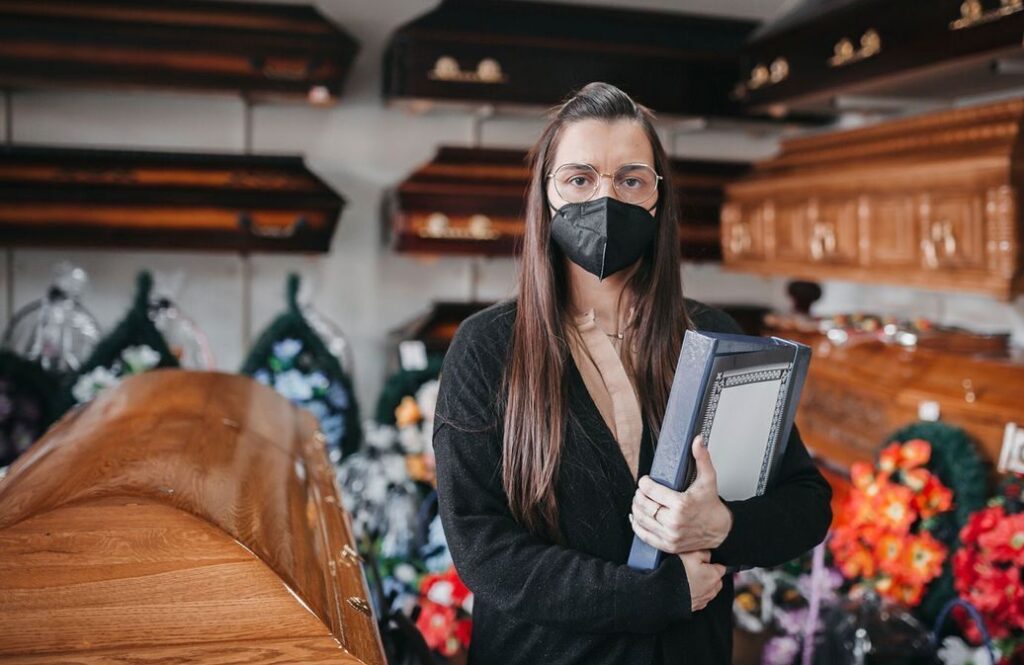There are many factors involved thus making it trickier to answer the question. How far do the mourners have to drive to get to the burial plot vs. the crematorium? How many are attending? How far did the flowers have to travel, what is the coffin made of and what is your loved one wearing?
All these things add up, and can eventually outweigh the environmental impact of whether you choose burial or cremation. Plus, both options have drawbacks:
- Fuel use. According to the Guardian, one cremation will use up about 285 kiloWatt hours of gas and 15kWh of electricity on average. That’s about as much energy as a single person uses in the house over the course of a month.
- Land use. The main reason for the popularity of cremation, and for the difference in the cost of cremation vs. burial, is that burial space is limited. A 2013 survey indicated that over half of all UK cemeteries could run out of room within the next 20 years.
- Mercury emissions. During cremation, mercury in dental fillings can be released into the air. In 2005, cremation was responsible for 16% of all UK mercury emissions. Many crematoria have since added special filters to limit emissions, but some are better than others.
- Formaldehyde use. Toxic and carcinogenic, formaldehyde is used for embalming and in veneered chipboard coffins, which account for 89% of all coffins bought in the UK. Burial carries the risk that this formaldehyde will seep into groundwater.
So, is it better to be cremated or buried? At the moment, the consensus seems to be that the most environmentally friendly option is a burial at a natural burial ground.
Here, bodies are never embalmed, and biodegradable coffins and burial shrouds are a must. Shallower graves, without grave markers, mean that bodies decompose faster and the natural landscape is minimally disturbed. Native trees and wildflowers are often planted over graves.
Natural burial can also be less expensive than traditional burial – an added bonus.



